Is microwave therapy effective for treating pelvic effusion?
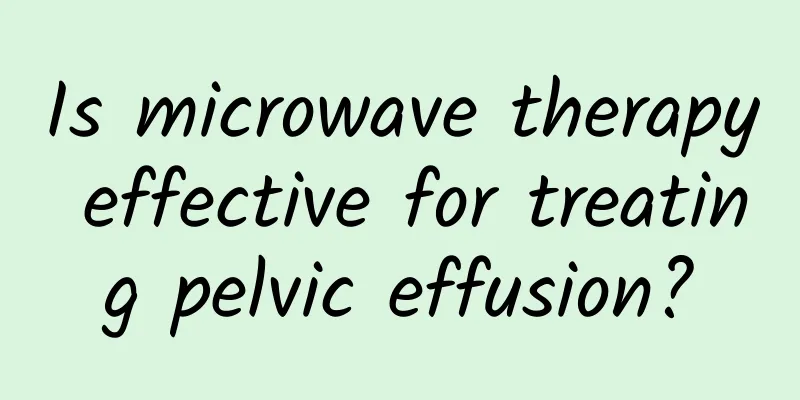
|
There are many ways to treat pelvic effusion, and microwave therapy is one of them. As for which method to use, it should be determined according to the patient's symptoms and signs. You can't use all kinds of methods, which will only make pelvic effusion more and more complicated. Therefore, you should be cautious when facing pelvic effusion. So, is microwave therapy effective for pelvic effusion? In fact, microwave treatment of pelvic effusion is not the best method. In clinical practice, most women's pelvic effusion is caused by inflammatory exudate in the pelvis, which is caused by inflammation. If it is not treated, it can grow slowly. If it is too big, it is not easy to eliminate it with medicine. At this time, microwave treatment of pelvic effusion or surgical treatment is needed. Finding the real cause of pelvic effusion and treating it in a targeted way is the right way. The pelvic cavity is the lowest part of the abdominal cavity in the whole body. When there is exudate or leaked fluid, it will be drained into the pelvic cavity, thus forming pelvic effusion. Pelvic effusion can also be treated by the following methods: 1. Physical therapy: The benign stimulation of warmth is beneficial to promoting local blood circulation in the pelvic cavity, improving the nutritional status of tissues, increasing metabolism, and helping to absorb and subside inflammation. Commonly used methods include wax therapy. 2. General treatment: It helps to enhance confidence in treatment, improve the body's resistance, relieve patients' mental concerns, increase nutrition, exercise, and pay attention to the combination of work and rest. 3. Surgical treatment: Those with small infection foci and repeated inflammation are suitable for surgical treatment. Those with masses such as tubal ovarian cysts or hydrosalpinx can also undergo surgical treatment; the principle of surgery is to completely cure the disease and avoid the chance of recurrence of residual lesions. Unilateral adnexectomy or hysterectomy plus bilateral adnexectomy should be performed. For young women, ovarian function should be preserved as much as possible. Single therapy for chronic pelvic inflammatory disease is less effective, so comprehensive treatment is appropriate. |
<<: How to prevent uterine prolapse
>>: Will ovarian cysts cause abdominal pain in the early stages? Why?
Recommend
Pregnant women get rid of stretch marks! 3 tips to get your sexy belly back
As the saying goes, men are afraid of stretch mar...
A must-eat for slimming in autumn! 3-Day Apple Weight Loss Meal
The weather gradually gets cooler in autumn, and ...
What is the treatment effect of pelvic effusion? Does pelvic effusion affect pregnancy?
What is the test method for pelvic effusion? Pelv...
What are the precautions for cervicitis?
What are the precautions for cervicitis? Nowadays...
How to treat thin endometrium and premature ovarian failure?
Treatment of thin endometrium and premature ovari...
Exercise is good medicine! Innovative vertical and horizontal movements to keep away from disease threats
To live you have to move! Exercise is good medici...
Which diseases should vulvar leukoplakia be differentiated from?
What diseases should vulvar leukoplakia be differ...
What are the precautions after painless abortion?
The precautions after painless abortion surgery c...
Find out what factors are the causes of vaginitis
The high incidence of vaginitis is common in life...
Let me tell you in detail about the common dangers of cervical hypertrophy
Cervical hypertrophy is a very harmful gynecologi...
Fast fat burning running method 4 key points to remember
Recently, more and more women are making running ...
Will uterine fibroids affect pregnancy? How big will uterine fibroids be to not affect pregnancy?
Uterine fibroids (Hysteromyoma) Uterine leiomyoma...
How to self-diagnose patients with cervical precancerous lesions
The most important duty of women is to get pregna...
High-pressure fat people age prematurely! Supplement the right nutrition to keep your brain young
You forget things, your reactions become slower a...
4 abnormal conditions for early or late menstruation! TCM doctor Cai Guangqian reveals: 6 common causes of menstrual disorders
Due to high work pressure, staying up late, overw...



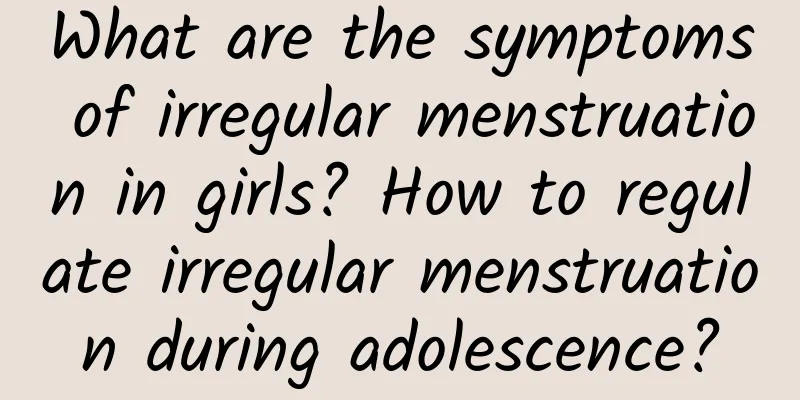
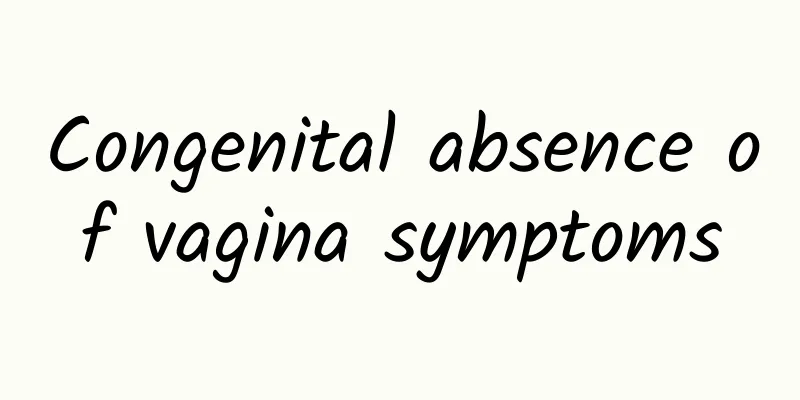
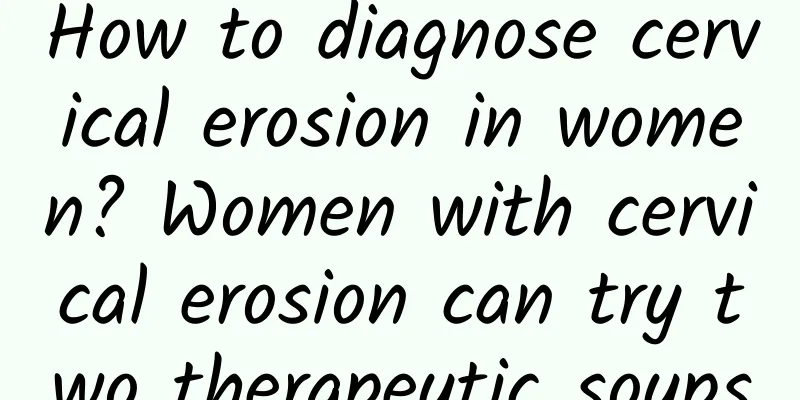
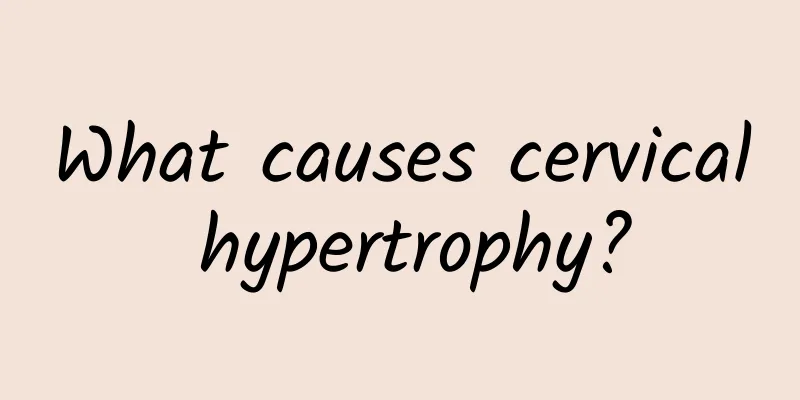

![[Video version] Eating before exercise will not cause stomachache and help lose fat!](/upload/images/67dcf9040c826.webp)
